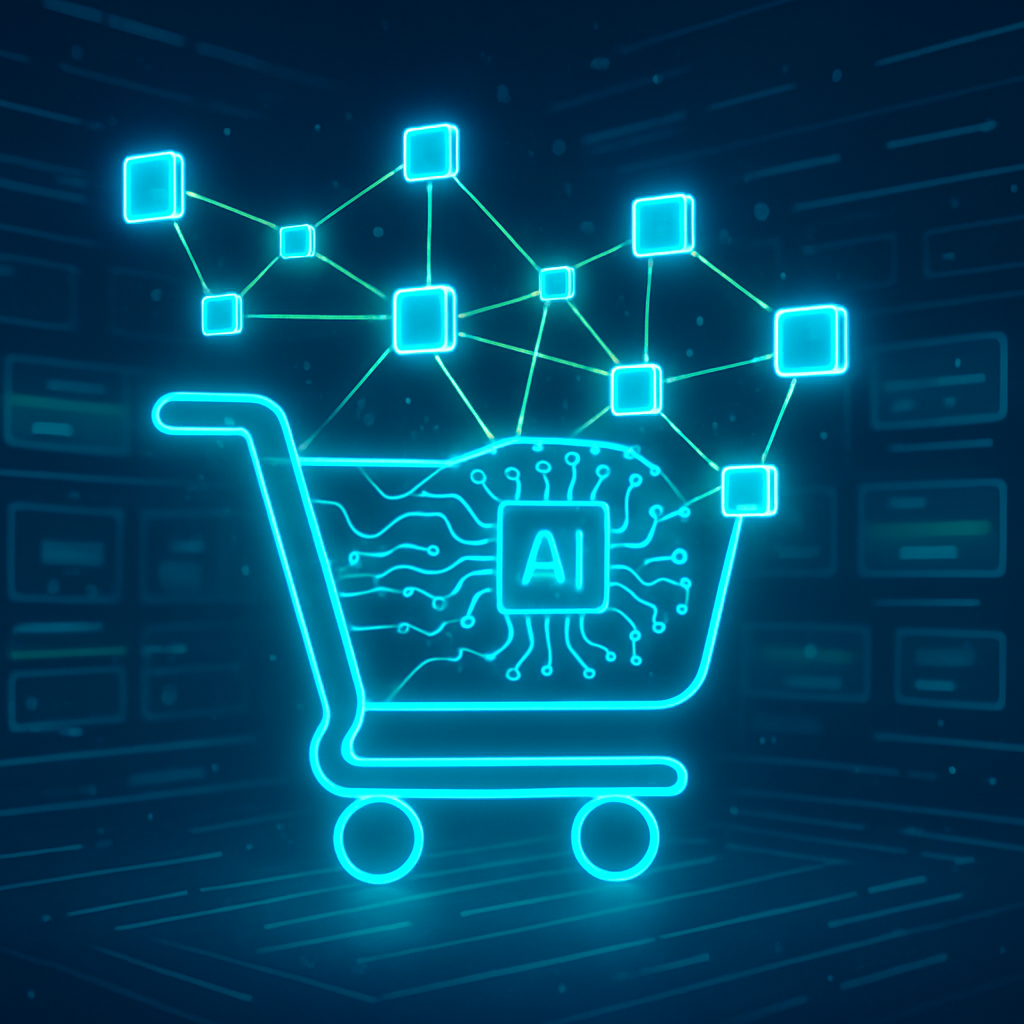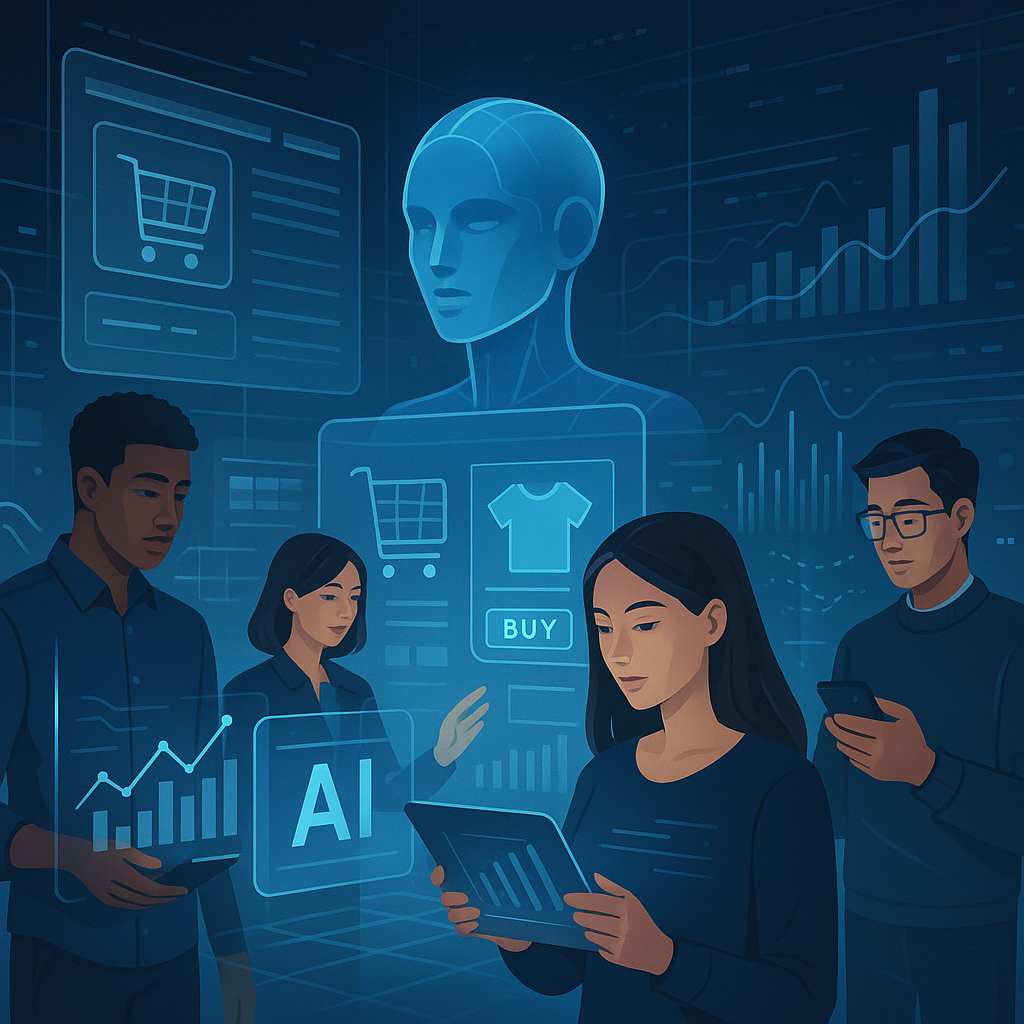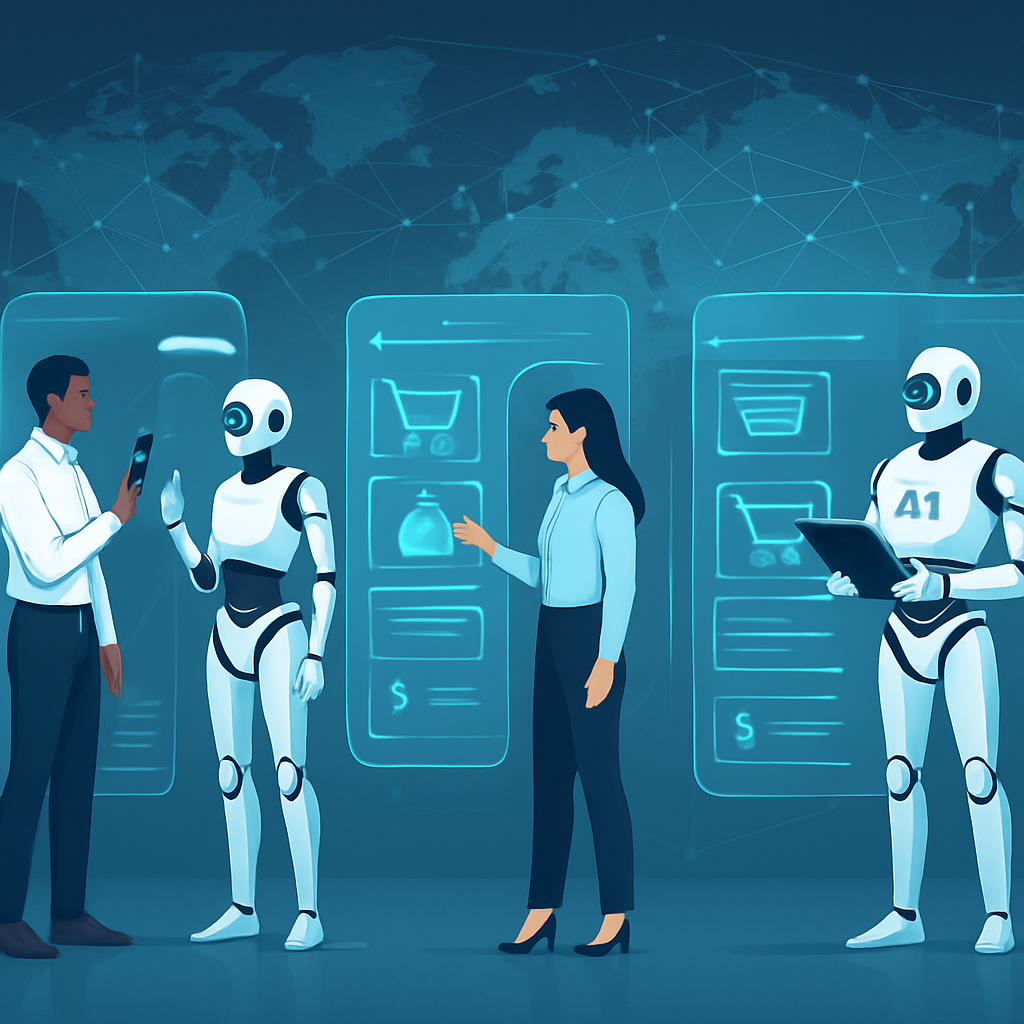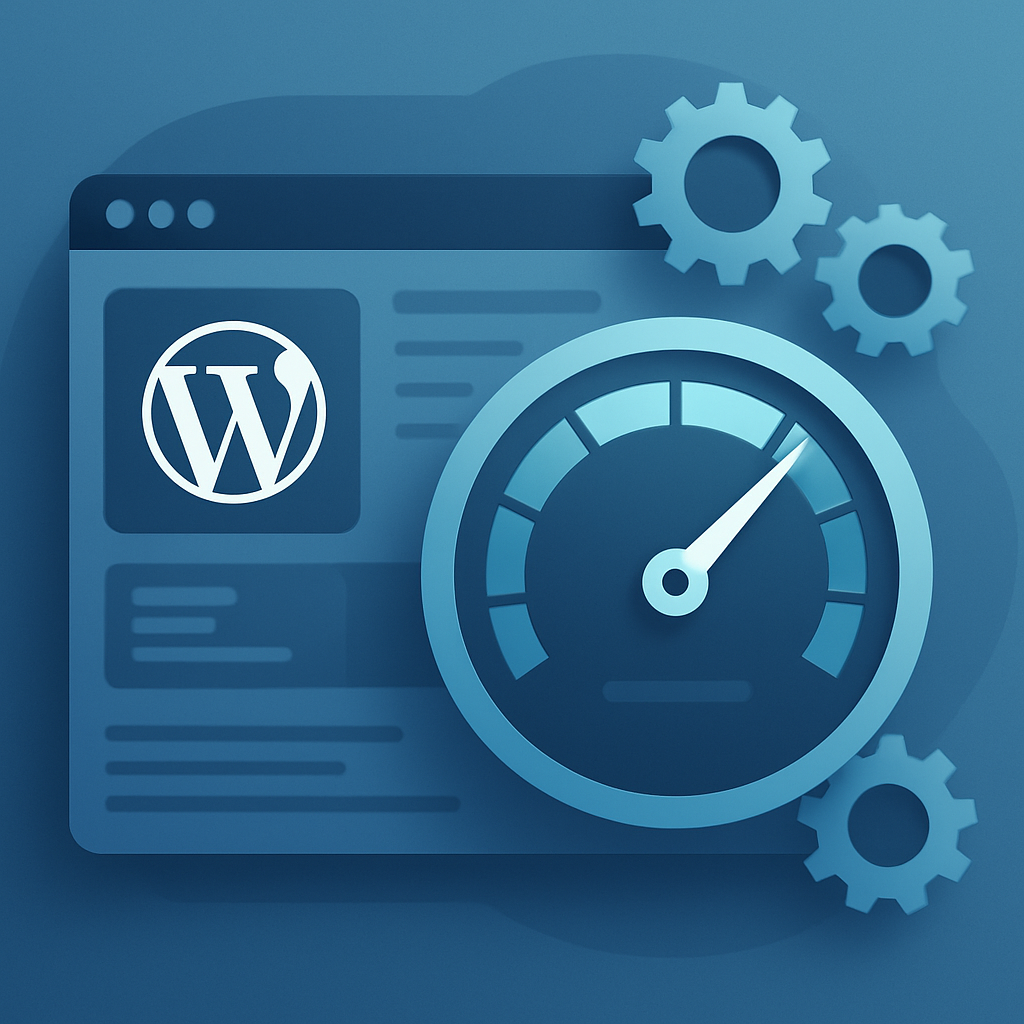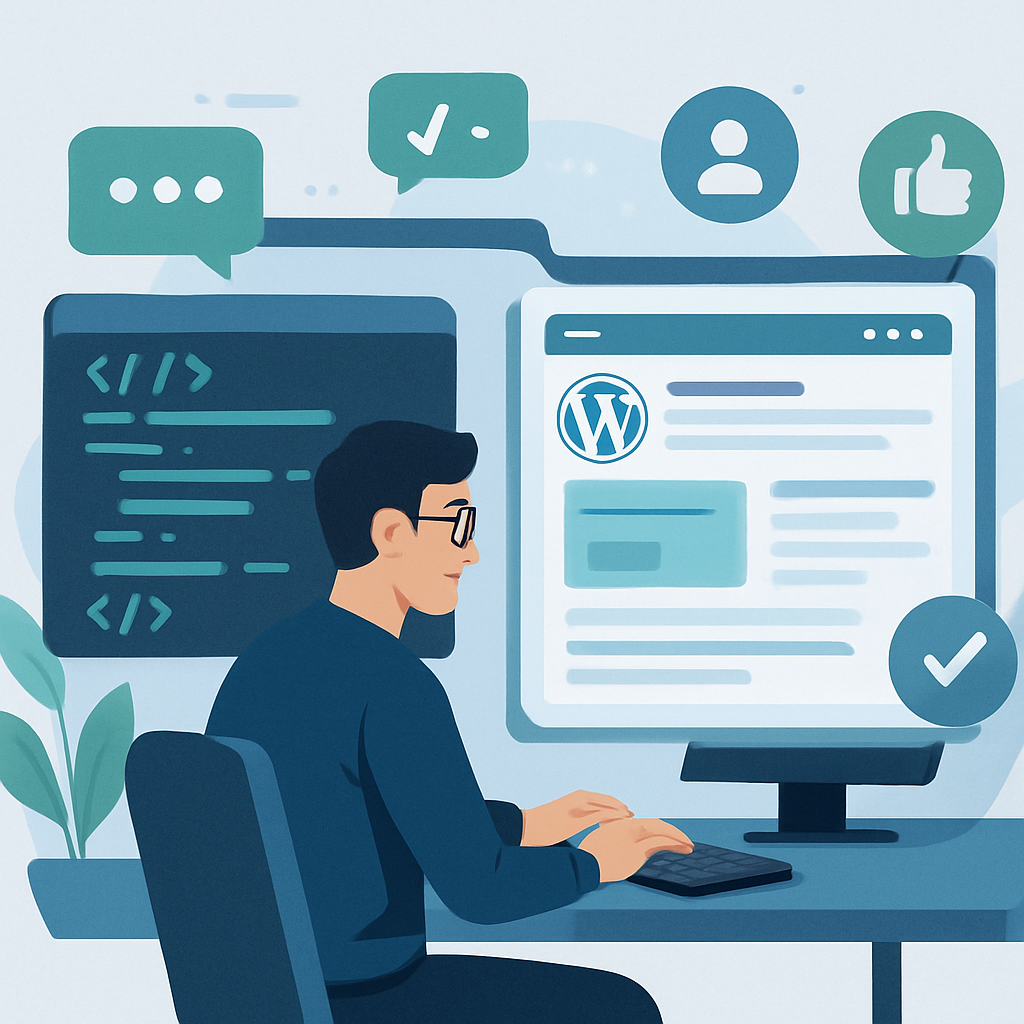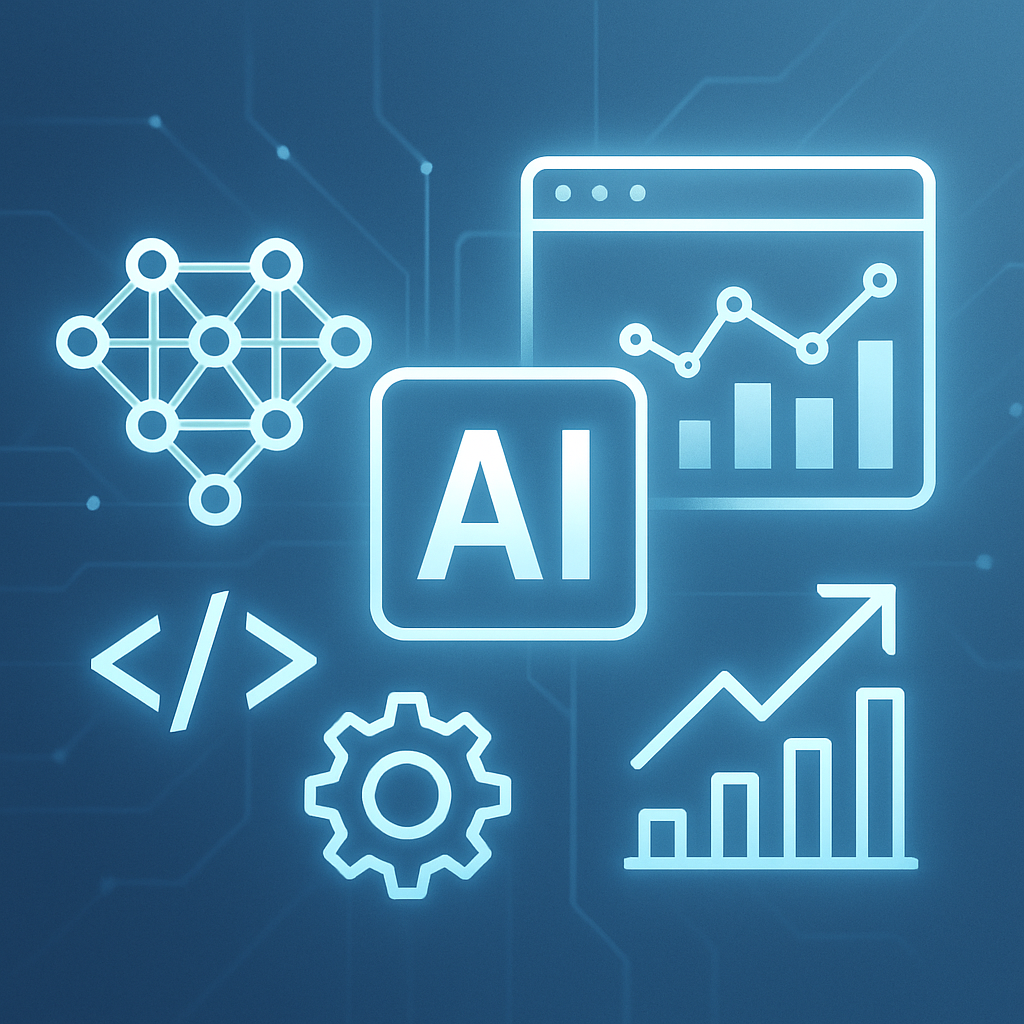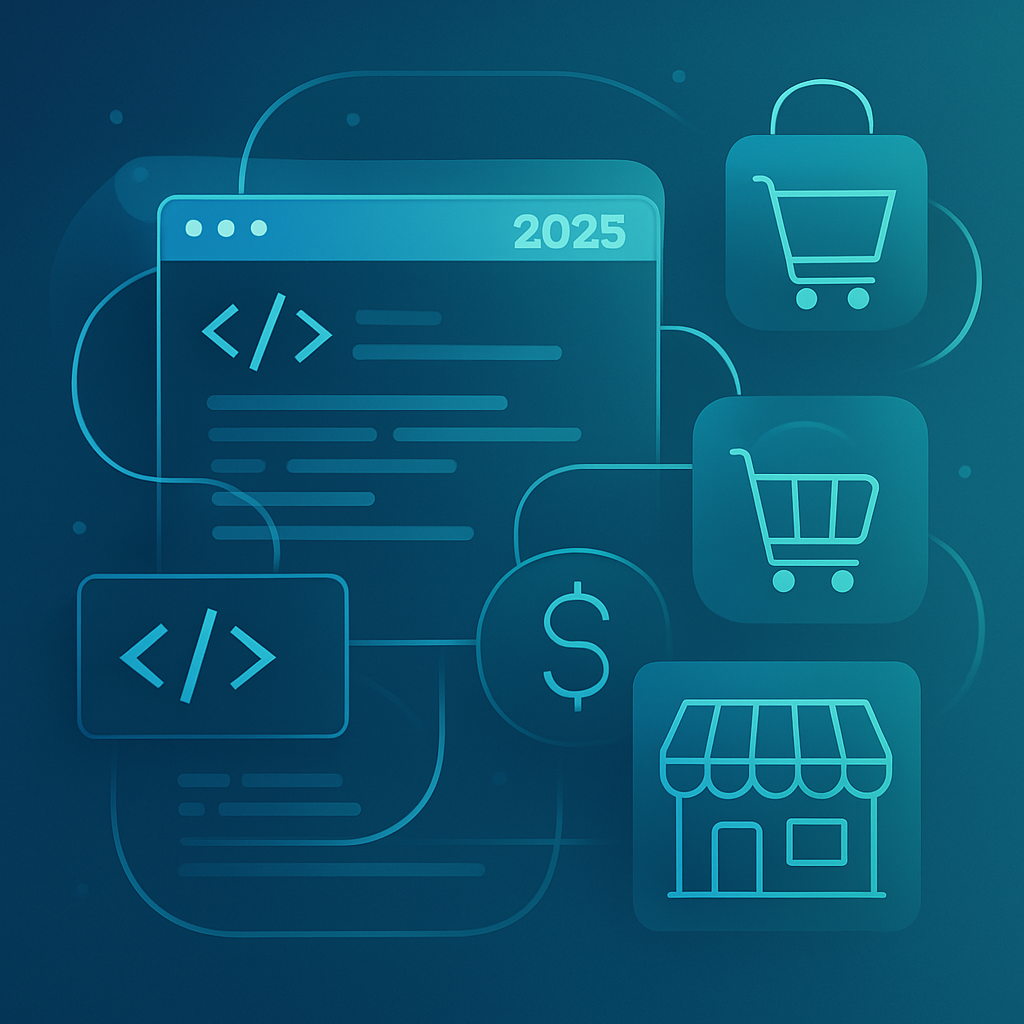
Mastering Seamless Integration: Advanced Coding in Digital Ecommerce
Understanding Seamless Integration in Digital eCommerce
In today's fast-paced digital age, ecommerce platforms are expected to deliver flawless user experiences that reflect business agility and innovation. Seamless integration refers to the harmonious connection of various systems, applications, and technologies behind an ecommerce platform, enabling smooth data flow and consistent interactions.
At the heart of this integration lies advanced web development coding—a sophisticated blend of programming techniques and architectural strategies that allow disparate digital components to work together intuitively and efficiently.
The Evolution of Web Development Coding in Ecommerce
The ecommerce landscape in 2025 is vastly different from earlier years, where disparate plugins and siloed systems created fragmented customer journeys. Today, forward-thinking developers leverage modular coding, API-centric architectures, and microservices to craft ecommerce ecosystems that are flexible, scalable, and deeply interconnected.
These coding paradigms empower platforms to dynamically synchronize inventory, payment gateways, customer data, and third-party tools. For example, progressive web apps (PWAs) coded with React or Vue.js provide app-like experiences on mobile browsers, enhancing engagement without sacrificing performance.
Key Advanced Coding Techniques Transforming Digital Ecommerce
1. API-First Development
API-first coding strategies prioritize the creation of robust, reusable application programming interfaces that serve as the backbone for ecommerce functionality. By decoupling front-end interfaces from back-end operations, developers craft adaptable systems capable of integrating with social media platforms, CRM tools, and logistics providers seamlessly.
2. Microservices Architecture
Moving away from monolithic codebases, microservices enable the decomposition of ecommerce applications into independent services. Each service handles a specific function—such as user authentication or payment processing—allowing incremental updates, easier debugging, and enhanced scalability. This coding approach increases resilience, ensuring the platform remains operational even when individual services require maintenance.
3. Advanced Asynchronous Programming
Handling numerous simultaneous user requests efficiently is critical for ecommerce platforms. Utilizing asynchronous programming practices, like Promises and async/await in JavaScript, developers optimize server responsiveness, improving page load speeds and transaction processing times which directly influence conversion rates.
4. Real-Time Data Synchronization
Through technologies like WebSockets and GraphQL subscriptions, dynamic real-time updates have become the norm. Advanced coding enables customers to receive instant inventory updates, order status changes, and personalized recommendations without refreshing their pages—significantly enhancing user satisfaction.
Practical Examples of Coding Integration Enhancing Ecommerce Platforms
Example 1: Omnichannel Shopping Experience Integration
Retailers using a headless CMS approach benefit from APIs and microservices to synchronize product data across web, mobile, and physical stores. A customer browsing on a mobile device might effortlessly transition to an in-store pickup, relying on the smoothly orchestrated coding that integrates inventory and customer profiles.
Example 2: Automated Fulfillment and Shipping
Advanced coding connects ecommerce platforms with logistics APIs to automate label generation, shipment tracking, and delivery scheduling. This tight integration reduces manual errors and accelerates order fulfillment timelines, critical during peak shopping seasons.
Example 3: Personalized Customer Journeys Powered by AI
Integrating AI-driven recommendation engines through well-designed APIs allows ecommerce sites to deliver content tailored to individual browsing and purchasing behavior—coded efficiently to minimize latency and maximize relevancy.
Benefits of Mastering Advanced Coding for Ecommerce Success
- Enhanced User Experience: Smooth navigation, immediate feedback, and consistent performance across devices captivate customers and drive loyalty.
- Operational Efficiency: Automation and integration reduce manual workload, limiting errors and expediting processes.
- Scalability: Modular coding structures accommodate rapid growth and evolving business needs without overhauls.
- Innovation Enablement: Firms can rapidly incorporate new technologies such as augmented reality shopping or voice commerce via flexible integrations.
The Future: Emerging Trends in Coding for Digital Ecommerce
Looking ahead, advancements in edge computing and serverless architectures will further decentralize ecommerce platforms, reducing latency by processing data closer to users. Progressive adoption of blockchain through smart contracts will automate transactions and enhance security.
Additionally, quantum-resistant cryptographic algorithms, integrated through secure coding practices, promise to safeguard ecommerce ecosystems against future cyber threats.
Conclusion
Mastering advanced web development coding is paramount for delivering seamless integration within digital ecommerce platforms. As user expectations evolve, the fusion of flexible architectures, real-time communication, and cutting-edge APIs equips businesses to provide exceptional experiences while maintaining agility and innovation.
By staying attuned to emerging coding methodologies and blending them creatively, ecommerce ecosystems will continue transforming how consumers interact with brands, paving the way for the next generation of digital commerce.
